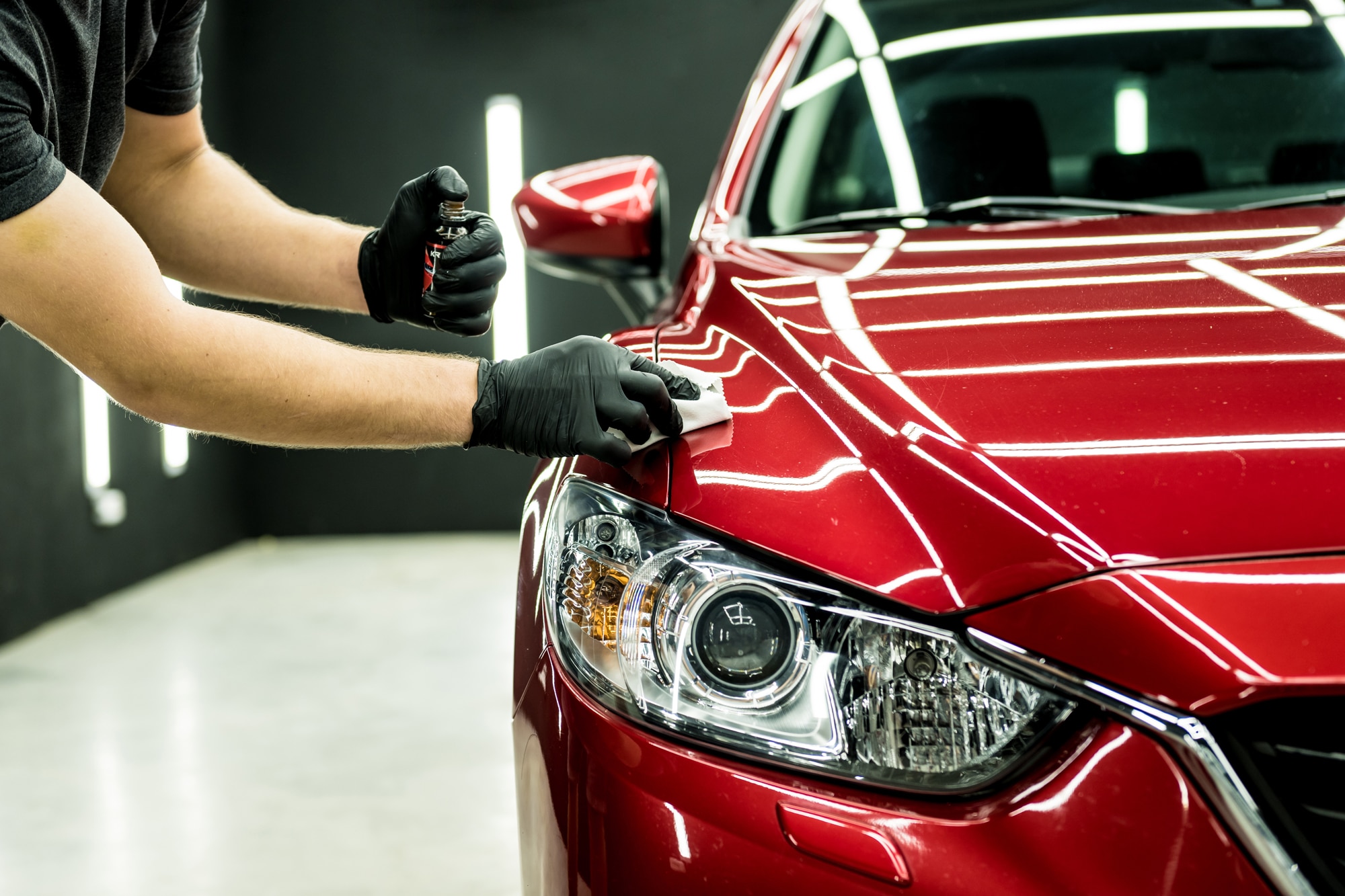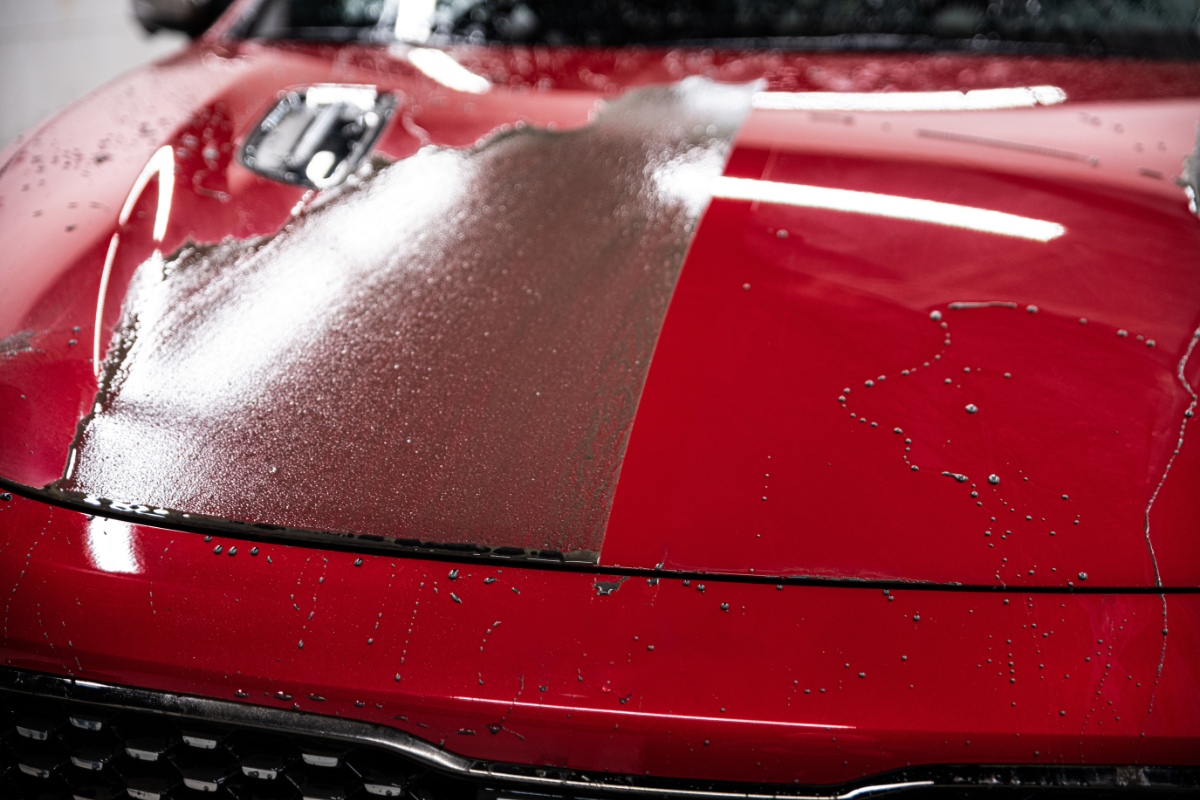A Comprehensive Overview to the Sorts Of Ceramic Layer on the marketplace
Ceramic finishes have actually become a critical option throughout different markets because of their distinct homes and applications. From silica-based formulations recognized for their toughness to hybrid choices that merge several benefits, the options available can be overwhelming. Recognizing the subtleties of each type, including their particular advantages and suitable use cases, is necessary for making educated choices. As we explore the distinctive qualities and applications of these layers, the ramifications for performance and durability become increasingly evident, raising concerns about which kind could ideal fit your demands.
Understanding Ceramic Coatings
Ceramic layers are sophisticated safety solutions that have gained popularity in various industries, specifically in automobile and aerospace applications. These finishings are composed of a fluid polymer that, when healed, forms a durable, hydrophobic layer externally of the substrate. This layer gives improved resistance to environmental contaminants, UV radiation, and chemical exposure, thus prolonging the life and visual appeal of the underlying product.
The essential element of ceramic coverings is silica, which adds to their hardness and toughness. The application procedure commonly involves surface area preparation, application of the finishing, and healing, which can be achieved via heat or UV light. Once healed, ceramic finishings display exceptional bonding residential properties, enabling them to stick highly to a variety of surface areas, including metals, plastics, and glass.
In addition to their protective functions, ceramic coatings likewise supply convenience of maintenance. Their hydrophobic nature decreases the adherence of dust and crud, making cleansing easier and much less constant. Overall, the adoption of ceramic layers represents a considerable improvement in surface defense innovation, supplying both functional and visual benefits across multiple fields.
Sorts Of Ceramic Coatings
Different kinds of ceramic finishes are available, each designed to fulfill specific performance requirements and applications - Paint Protection Film. The most typical types include:
Silica-based Coatings: These layers mainly consist of silicon dioxide and are recognized for their resilience and chemical resistance. They are widely made use of in automobile and commercial applications.
Titanium Dioxide Coatings: Distinguished for their photocatalytic buildings, titanium dioxide layers are commonly applied in environments where self-cleaning and antifungal homes are desirable, such as in building materials and vehicle finishes.
Zirconia Coatings: Identified by their high-temperature security and thermal resistance, zirconia finishings are utilized in applications such as generator engines and high-performance auto components.
Alumina Coatings: Showing excellent solidity and thermal security, alumina layers are regularly made use of in wear-resistant applications, consisting of reducing devices and industrial equipment. - scratch repair sarasota
Crossbreed Coatings: Integrating the properties of numerous products, crossbreed finishings offer enhanced performance attributes, making them suitable for unique and requiring applications.
Each sort of ceramic layer offers unique purposes, permitting customers to select the most ideal service based on details environmental problems and performance requirements.
Benefits of Ceramic Coatings
Coatings play a vital duty in improving the performance and long life of surface areas throughout numerous markets. Ceramic layers, in particular, offer numerous benefits that make them progressively prominent among suppliers and customers alike. Among the key advantages is their extraordinary sturdiness. These finishings are immune to scratches, chemicals, and UV rays, ensuring that see this here the underlying surface area continues to be secured with time.
Along with durability, ceramic coverings provide superb hydrophobic buildings, enabling for simple cleansing and upkeep. This water-repellent nature reduces the adherence of dirt, crud, and other impurities, which can prolong the aesthetic allure and capability of the surface. Ceramic coverings can significantly enhance thermal resistance, making them excellent for applications that endure high temperatures.

Application Process
When applying ceramic finishes, a precise strategy is vital to accomplish ideal results. A clean surface area guarantees appropriate bond of the coating.
When the surface area is prepped, the following action is to apply the ceramic coating. The coating ought to be applied in slim layers, as thicker applications can lead to uneven surfaces.
After application, the layer needs a details treating time, commonly ranging from a few hours to a complete day, relying on the product. Throughout this time, it is vital to stay clear of direct exposure to moisture or contaminants. web link A mild buffing might be needed after treating to enhance the gloss and remove any kind of high places. Complying with these actions diligently will make best use of the effectiveness and longevity of the ceramic finishing, offering a resilient protective layer for the surface area.
Maintenance and Durability
To make certain the long life and efficiency of a ceramic covering, regular maintenance is necessary. Ceramic layers, recognized for their sturdiness and safety top qualities, require particular care regimens to optimize their life-span and performance. The primary step in upkeep includes regular cleaning with pH-neutral soap, avoiding severe chemicals that can deteriorate the finishing. It is advisable to clean the car routinely, ideally every 2 weeks, to stop the buildup of pollutants that can jeopardize the finishing's integrity.
Along with normal washing, regular inspections are critical. Seek indications of wear or damages, such as hydrophobic buildings diminishing try these out or surface blemishes. If essential, a light polish may be used to invigorate the finishing without stripping it away.
In addition, the application of a booster spray can improve the finish's hydrophobic results and restore its gloss. This is especially valuable for finishes that have remained in use for a prolonged period. Eventually, by sticking to these maintenance techniques, one can significantly prolong the life of a ceramic finish, guaranteeing that it proceeds to provide optimal protection versus ecological aspects and preserve the visual allure of the vehicle.
Final thought
